Institutskolloquium - Archiv
Hier finden Sie eine Auflistung unserer Kolloquiumssprecher aus den vergangenen Semestern.
Winter Semester 2023/2024
10. Januar 2024
Dr. Ben Tutuolo (University of Calgary)
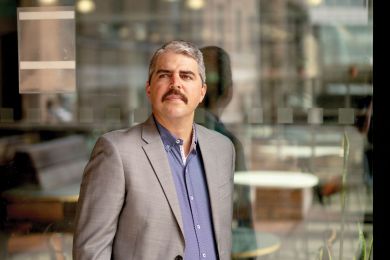
IGMG seminar by Dr. Ben Tutolo University of Calgary
Title: Salty waters: Life’s origins and biological habitability on Earth and Mars
Abstract: How did life begin? It is a question so fundamental that it has been pondered since the dawn of human civilization. As scientists have sought answers to this question and its logical derivative – Are we alone in the universe? – a common strategy, “follow the water,” has emerged. In this presentation, I will discuss recent efforts to understand the vital role of solute-laden, “salty” waters in fostering habitability on ancient Earth and Mars. I will focus on the ways that water-driven geochemical reactions generate habitable conditions, and their potential for originating Earth’s first organisms. My discussion will be informed by intensive study of modern and ancient hydrothermal systems, geochemical and geophysical surveys of unique, saline lakes in British Columbia (Canada), and the Mars Science Laboratory Curiosity rover’s ongoing exploration of Gale Crater, Mars.
The talk will be held Wednesday, the 10th of January, 2024 in building IA Room 01/473 at 4pm
24. Januar 2024
Dr. Loes Buijze (TNO - Nederlandse organisatie voor toegepast natuurwetenschappelijk onderzoek)
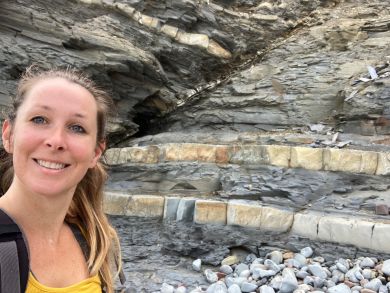
Titel: Hot Topics: Could geothermal energy production in the Netherlands lead to induced seismicity?
Zusammenfassung: Geothermal energy production in the Netherlands is foreseen to increase over the coming decade, from a heat production of 6.4 PJ in 2021 to 11 – 15 PJ in 2030. One key question in the regulatory framework and license application is whether geothermal operations can lead to induced seismic events, such as those seen in relationship to hydrocarbon production. Geothermal operations in the Netherlands involve balanced circulation between two or three wells through porous sandstone formations at 2 – 3 km depth; similar sandstone formations as those hosting hydrocarbon plays. However, the operational aspects and mechanisms of stress changes are different compared to those active during hydrocarbon production. We have compared geological, operational and geomechanical aspects of geothermal versus hydrocarbon depletion, and compiled a stress magnitude database of the Dutch subsurface. In addition, we ran flow and geomechanical simulations to analyze the development of pressure and temperature changes, stress changes, fault reactivation and seismic rupture in a geothermal doublet. Specific emphasis is given to variations in fault strike and dip. Contrary to hydrocarbon production, where pressure changes are the biggest driver for stress changes in the reservoir, cooling of the rock volume around the injection well is the factor that dominates the stress response during geothermal operations. Cooling-induced stress changes can be significant; however the spatio-temporal signature of these stress changes is very different compared to that in hydrocarbon reservoirs. These differences are reflected in a different potential for (seismic) fault reactivation.
Ort und Datum: 24. Januar 2024, 16 Uhr, Raum IA 01/473
31. Januar 2024
Dr. Kirill Yusenko (IGMG)
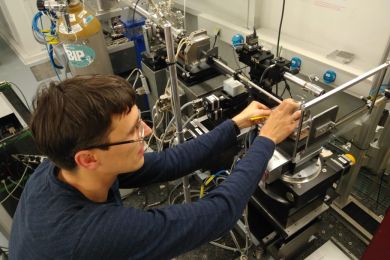
Titel - "High-entropy materials for and under extreme environments"
Datum und Ort - 31. Januar 2024, Raum IA 01/473
Winter Semester 2022/2023
25. Januar 2023
Dr. Bruno Pace (University of Chieti, Italy)
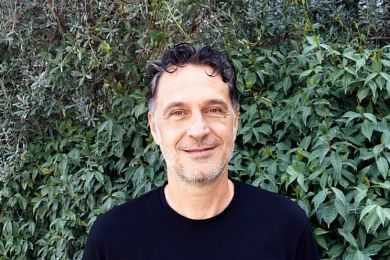
Titel - Fault-based earthquake rupture forecast: a challenge to model complexities in seismic hazard
Zusammenfassung - Probabilistic fault-based and time-dependent seismic hazard studies are commonly used to forecast the time between consecutive earthquakes; however, the fault segmentation model and the slip rate variability over time are critical for obtaining accurate results. Recent complex coseismic ruptures (e.g., 2010 Mw 7.1 Canterbury, 2012 Mw 8.6 Sumatra, 2016 Mw 7.8 Kaikōura, 2016 Mw 6.5 central Italy) have shown the need to consider different possible combinations of rupture scenarios. Moreover, geological and paleoseismological observations confirm the slip rate variability, but rarely seismic hazard models consider it. A possible explanation is the presence of networks of active faults, which interact in a complex manner. We present the results of some studies we have done on these topics.
Ort - IA 01/473 ab 16:00
23. November 2022
Dr. Chiara Zufetti (University of Milan)

Titel: "3D Geology for aquifer characterization: from mountain ranges to alluvial basins"
Wo? Über Zoom
Zusammenfassung - Building 3D geological models is a common task in geological studies aiming at natural resources management and hazard assessment. Among them, 3D aquifer models are the base for groundwater flow and transport modelling. The geological history of mountain chains as well as of sedimentary basins originates multiple-scale, nested heterogeneities which must be represented by 3D models. Field data from geological mapping, integrated with remote-sensed surface surveys and geophysical subsurface images, ranging between multiple scales and accuracies, constrain the architectural model. Besides the accurate representation of hydrostratigraphic geometries, an efficient conceptualization of topological and cross-cut relationships between the tectonic, stratigraphic, geomorphological entities is needed: the challenge is translating the geological evolution into simple and flexible modelling rules that should help the collection of efficient input datasets. The method we propose combines field-based geological and modelling approaches with the multi-scale GIS management of the geological dataset. During this talk, we will travel from the rock aquifers of the Alps down to the adjacent multi-layered glaciofluvial and alluvial aquifers of the Po Basin, exploring an approach to 3D hydrostratigraphic reconstructions that can be applied in different geological settings, independently from the scale of the work.
Erfahren Sie mehr über unseren Sprecher HIER
16. November 2022
Dr. Alissa Kotowski (University of Utrecht)
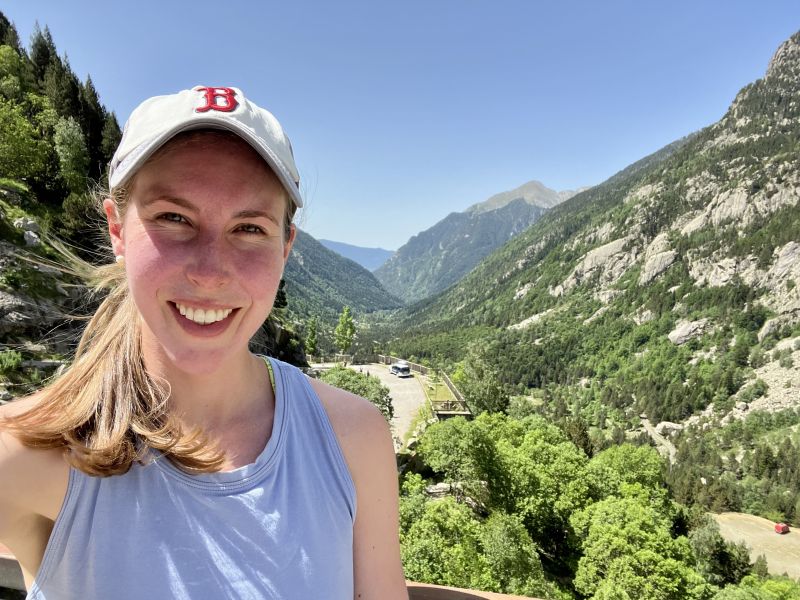
Titel- Relative strengths and deformation mechanisms of amphibole-rich rocks in hot and cold subduction zones
Ort - IA 01/473
Wann?- 16:15 (auch über Zoom)
Summary - Subduction zones host a full spectrum of deformation behaviors and slip rates, from slow aseismic creep to fast catastrophic earthquakes. Between these end-member slip rates, “slow slip events” and “tectonic tremor” occur. Slow slip and tremor (SST) in subduction zones comprise geodetically-detected plate boundary slip at rates exceeding background plate rates, in conjunction with bursts of microseismicity, and can release >90% of convergence-related stress down-dip of the megathrust. SST occurs over an incredible range of Pressure-Temperature conditions, so identifying specific characteristics of an SST-producing environment is challenging. One common denominator is the presence of metamorphosed oceanic crust containing amphibole as a strain-accommodating phase. However, the rheology of amphibole is poorly constrained, so its contribution to steady-state strength and/or slip transients is unknown. In this talk, I will present observations of natural amphibole microstructures from exhumed subduction complexes that record hot and cold subduction geotherms and span a P-T range that encompasses observed SST in active margins, to constrain first-order effects of temperature on operative deformation mechanisms that may favor steady-state creep vs. creep transients. Depending on temperature, the presence/distribution of other phases, and fluid content, amphibole may be capable of accommodating steady-state flow and/or deformation transients over the range of observed SST depths.
Mehr über unseren Sprecher finden Sie HIER
26. Oktober 2022
Dr. Helen King (University of Utrecht)
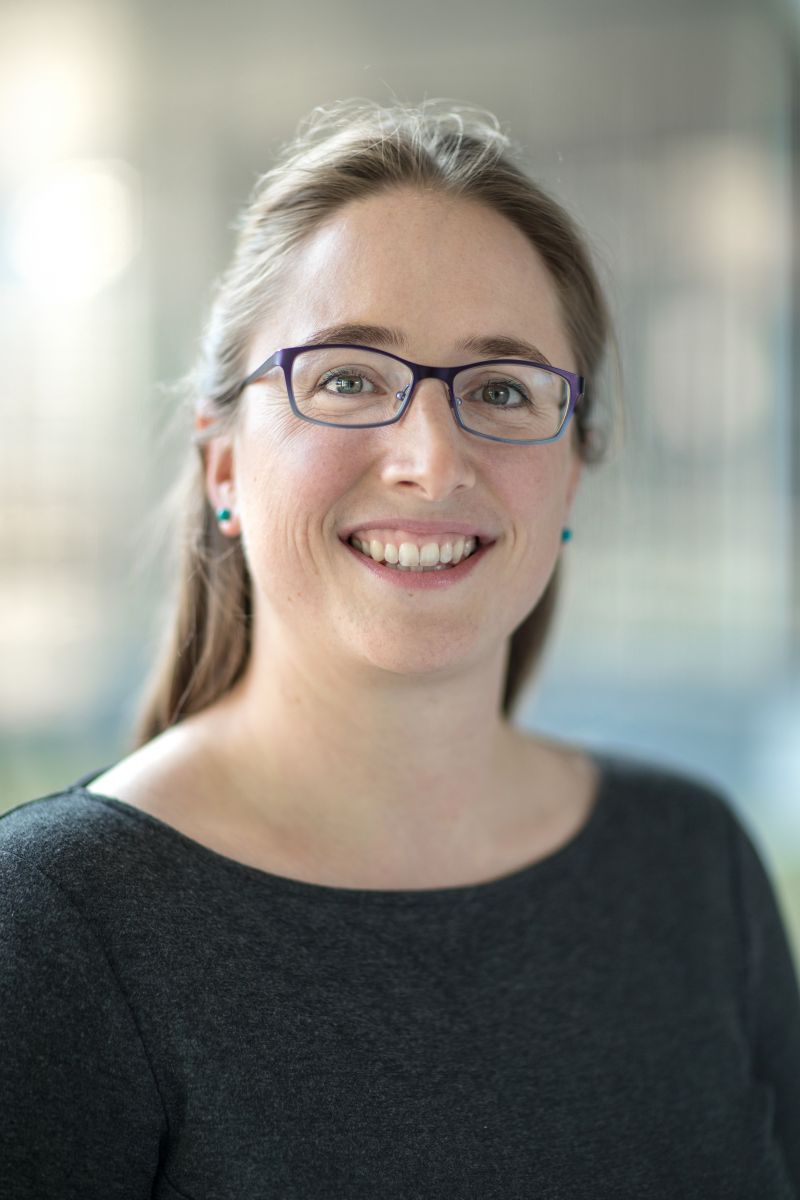
Titel - Mineralogical interfaces: from fundamental science to sustainable development
Zusammenfassung - Mineralogy is a cornerstone of geosciences that not only enables us to understand and predict the behaviour of Earth materials, but can also be a bridge to other disciplines. For example, the interaction of societally beneficial and/or environmentally detrimental chemical components with minerals are key research questions in environmental science. Understanding how life causes and controls biomineralization is important for probing the robustness of climate proxies as well as being critical for evaluating the health of human mineralised tissues and the consequence of diseases associated with them. In addition, testing the effect of changes in complex aqueous chemistry on mineral reactivity can be used to evaluate the most effective ways to extract key elements for the energy transition such as Li. This talk will explore some examples of my group's research into investigating the chemical signatures and feedbacks that occur at mineral-aqueous interfaces.
Winter Semester 2021/2022
26. Oktober 2021
Prof. Georg Dresen (GFZ, Potsdam)
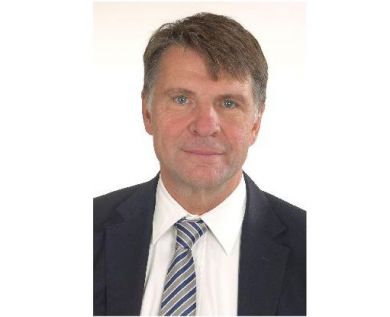
Titel: Seismic moment evolution during hydraulic stimulations in EGS projects-insights from lab and field tests
Kolloquium in Person
Zusammenfassung: tba
9. November
Dr. Daniel Herwartz (Universität zu Köln)
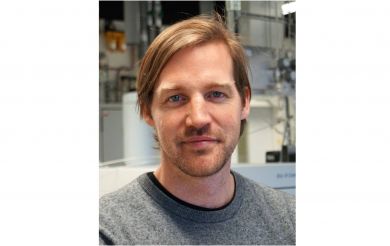
Titel: "Why are three isotopes so much more informative than just two? "
Seminar will take place in person.
Zusammenfassung: Analyzing classic 18O/16O ratios (expressed as δ18O) in solids, liquids and gases has proven useful in almost every branch of earth science. Additional δ17O analysis generally help to better constrain the underlying fractionation mechanisms providing a more solid basis to quantify geologic processes. After explaining the basic theory, I will touch on several examples including: 1) the water cycle including basic concepts to constrain (paleo-)relative humidity and (paleo-)wind speed; 2) seawater temperatures on early Earth; 3) Snowball Earth; and 4) metabolic and enzymatic pathways in the phosphorous cycle.
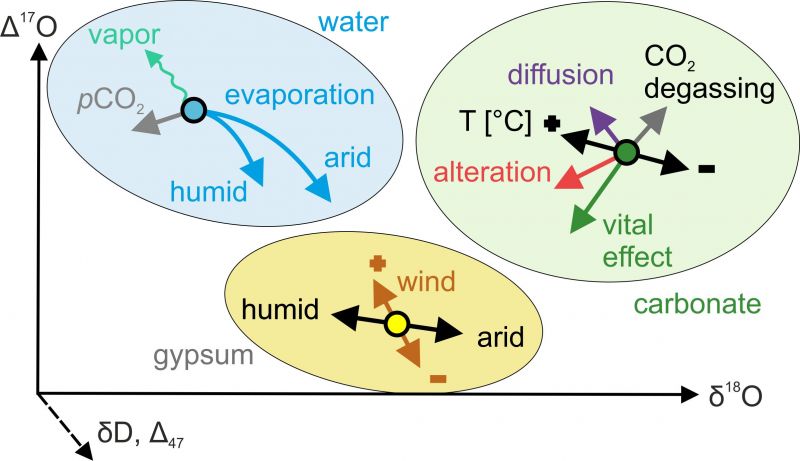
23. November 2021
Dr. Kimberly Huppert (GFZ, Potsdam)
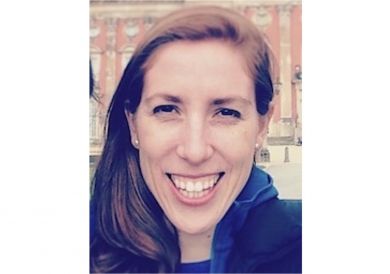
Titel: Storms, surf, & swells: Bedrock breakdown and the geodynamic demise of volcanic ocean islands
Kolloquium in Person
Zusammenfassung: With homogeneous bedrock, dramatic climate gradients, and remnant surfaces that constrain their age, initial topography, and vertical motions relative to sea level, volcanic ocean islands provide an exceptional natural experiment in landscape evolution. Analyses traversing gradients in island climate and bedrock age have the potential to advance our understanding of climatic and tectonic influences on landscape evolution in a diverse range of continental settings. Yet, as net subsiding and boundary-dominated landmasses, islands are in some ways dissimilar to most continental landscapes, and the mechanisms of island vertical motion remain largely enigmatic. Island uplift and subsidence can provide important observational constraints on the rheology and dynamics of the Earth’s interior, in addition to setting the boundary conditions for the topographic, climatic, and biogeographic evolution of island landscapes. In this talk, I exploit steep climate gradients in the Hawaiian Islands to quantify controls on fluvial and coastal erosion, and I assess the contribution of lithosphere and mantle processes to surface deformation at ocean hotspots. Through physically-based modeling, analysis of topo-bathymetric and geochronologic data, and field measurements, I examine (1) the control of rainfall variability on long-term rates of bedrock river incision on the Hawaiian Island of Kaua‘i, (2) the influence of wave power on bedrock coastal erosion in the Hawaiian Islands, and (3) the mechanisms that cause volcanic ocean islands to drown below sea level to form atolls and guyots. These analyses provide empirical support for hypothesized feedbacks between climate, tectonics, and topography, linking the evolution of the solid earth, hydrosphere, and biosphere.
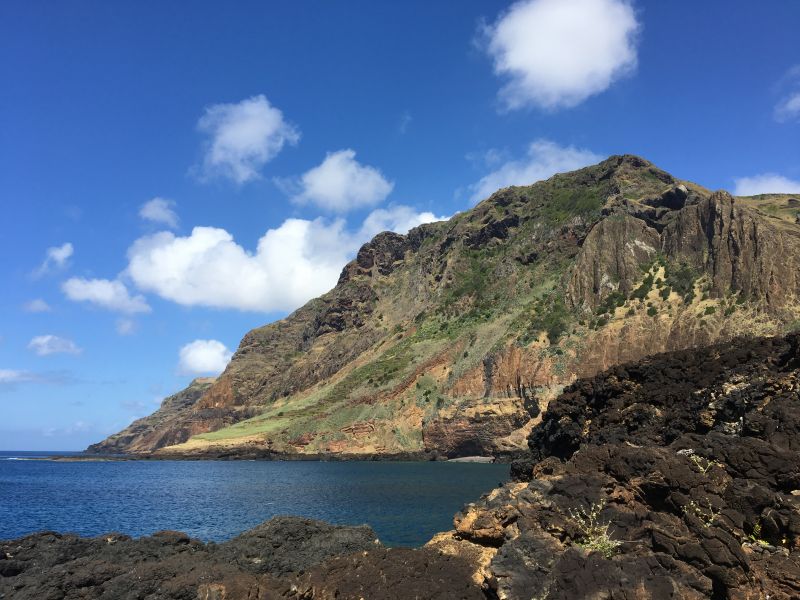
30. November 2021
Dr. Liam Hoare (IGMG)
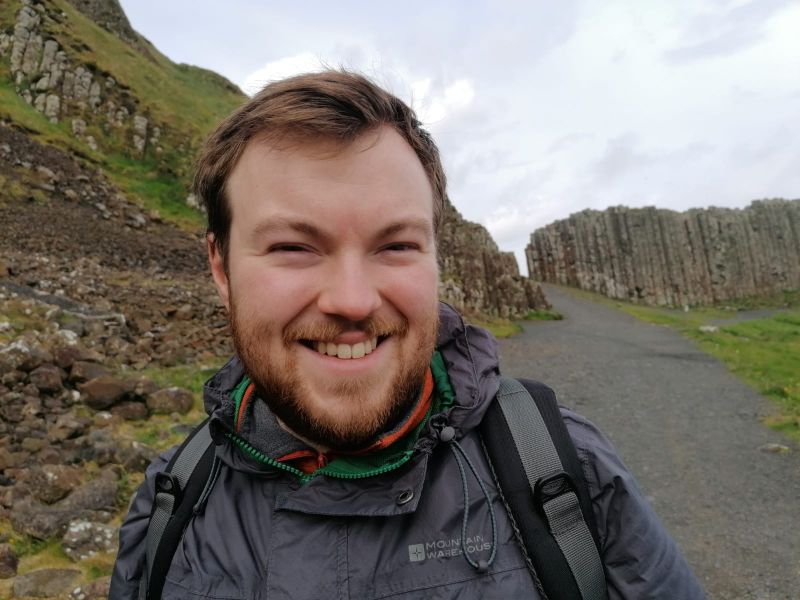
Titel: "Tales from Titanium: Isotopic insights into the crust-mantle system"
Seminar will take place in person.
Zusammenfassung: Despite its relative infancy amongst the arsenal of stable isotope systems currently available for study, variations in the stable isotope composition of titanium (Ti) have received significant attention during the last few years. This stands in contrast to the long-established use of elemental concentrations of Ti in rocks and minerals as a tracer of magmatic processes. Ti is a refractory, lithophile (‘rock-loving’), highly insoluble element which possess a single valence state (Ti4+) under terrestrial conditions. Hence, Ti exhibits simpler chemical behaviour in comparison to other novel stable isotope systems, and thus it offers the promise of a less complex framework within which to interpret its isotopic variations. In most magmatic systems, the Ti budget is dominated by Fe-Ti oxide minerals (ilmenite, rutile, and Ti-magnetite) and as such isotopic variations in Ti are also primarily controlled by the appearance of these minerals during magma evolution. Following some basic introduction and background, I will cover the mechanics and controls of Ti isotopes in magmatic systems which will encompass three main topics:
- The behaviour and variation of Ti isotopes during magmatic differentiation across different tectonic settings (mid-oceanic ridges, intraplate volcanoes, and subduction zones) and an investigation of the controls of melt composition and magma water contents on Ti isotope fractionation
- The influence of different Fe-Ti oxide minerals (ilmenite, rutile, and Ti-magnetite) on the isotopic budget of Ti and the application of natural and experimentally derived mineral-melt Ti isotope fractionation factors to model various processes ranging from mantle melting
Using the enhanced quantitative understanding of Ti isotope variations gained from 1) and 2) will be applied to ascertain the efficacy of Ti isotopes as a novel tool to elucidate the tectonic setting of ancient volcanism, with a focus on the Oman ophiolite, the largest and best-preserved segment of oceanic lithosphere on Earth.

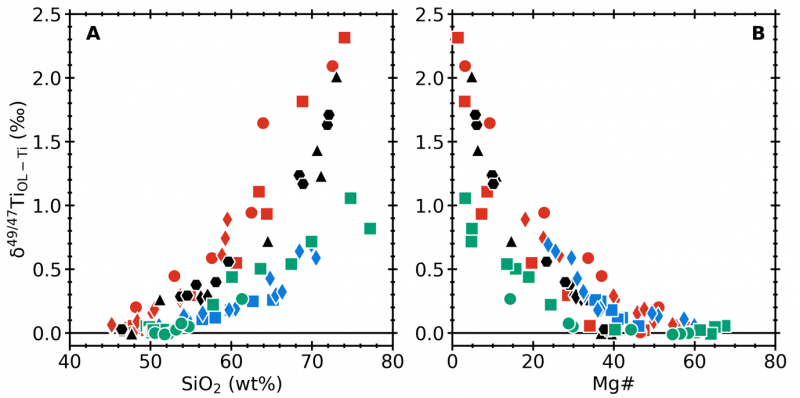
11. Januar 2022
Dr. Kristen Cook (GFZ Potsdam)
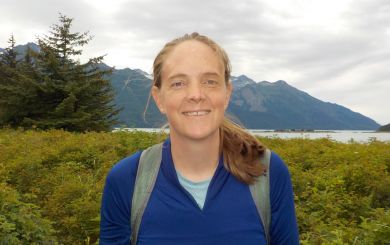
Titel: Fluvial disasters in the Himalaya - new insights and potential for early warning
Kolloquium in Hybrid format
Zusammenfassung: Natural disasters such as landslides, glacial lake outburst floods (GLOFs), and other catastrophic flash flood events are a major hazard in the Himalayas, and are a growing threat in a warming climate. Such events also have significant geomorphic impacts and may play an important role in Himalayan landscape evolution. While much work is focused on the initiation of extreme fluvial events, understanding their dynamics and downstream impacts is also important for evaluating both hazards and landscape dynamics. I will present observations from three recent fluvial disasters – a glacial lake outburst flood (Bhote Koshi, Nepal, July 2016), a rock/ice slide triggered flow (Chamoli, India, Feb. 2021), and a complex hazard chain (Melamchi, Nepal, June 2021). Each of these events had a different type of source and trigger, illustrating the difficulty of anticipating destructive floods in both space and time and highlighting the need for real-time detection and early warning of such events.
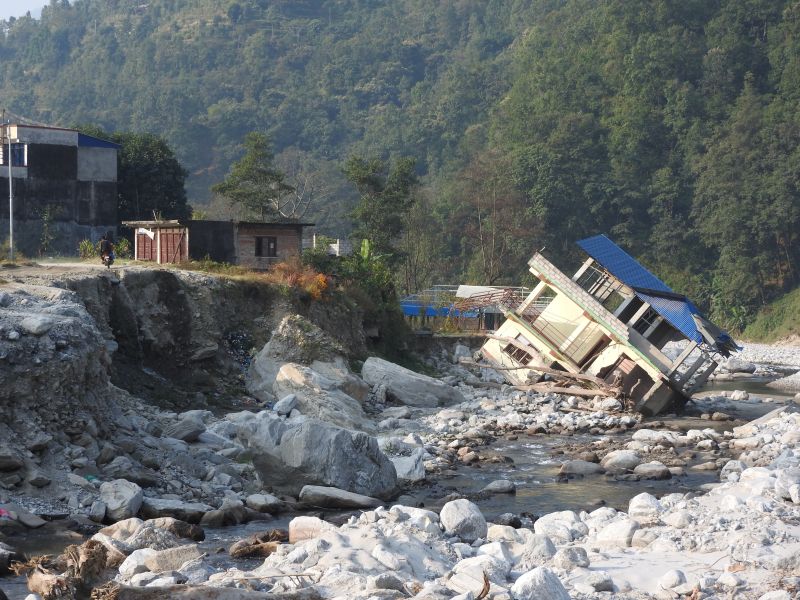
Meet the Speaker
18. Januar 2022
Dr. Anat Shahar (Carnegie Institution Washington)
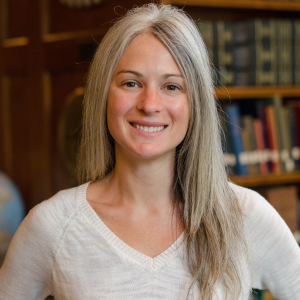
Titel: An Experimental Geochemistry View on Planetary Evolution
Kolloquium über Zoom
Zusammenfassung: One of the broader goals in Earth and planetary science is to understand the evolution of a planet from accretion to its present state. While each planet has a unique path, there are ubiquitous processes such as core formation, evaporation, and magmatic differentiation that can be studied in order to better understand planetary formation and evolution in general. In our current research we combine methods from stable isotope geochemistry and experimental petrology in order to enhance our understanding of these planetary scale processes. Experiments at high pressure and temperature simulate natural conditions within the Earth or planetary bodies, while stable isotopes can be used to show which physical and chemical processes natural materials have undergone. Each process that has occurred throughout the planet’s history has resulted in an isotopic fractionation of an element; the key is to understand the signal. This multi-disciplinary approach has been shown to be an effective way to study processes occurring at all conditions from the high-pressure metallic core of a planet to the low-temperature surface. In this talk I will synthesize what we have learned from experiments as well as compare our experimental results to terrestrial and extra-terrestrial samples. We find that stable isotopes are powerful tracers of planetary processes even at high temperature and pressure, and that experiments are the most effective way of unlocking the secrets within these tracers.

Meet the Speaker
25. Januar 2022
Dr. Jonathan Bedford (GFZ Potsdam)
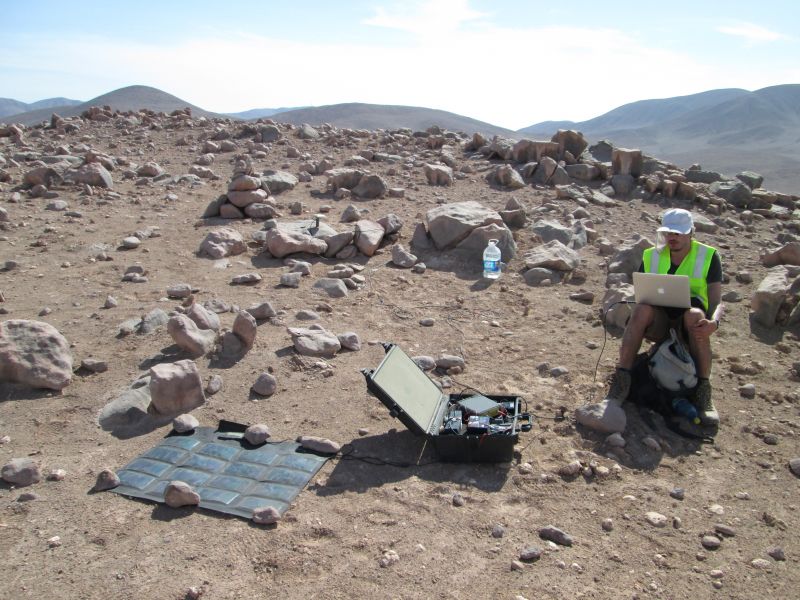
Titel: "Towards a continuous global tectonic monitoring system with Global Navigation Satellite Systems"
Seminar will take place in hybrid format.
Zusammenfassung: Displacement data from Global Navigation Satellite Systems (GNSS; commonly known as GPS) have revealed many interesting geophysical phenomena over recent decades. Some notable discoveries include:
- Continents are bobbing up and down, expanding, and contracting quasi-periodically in response to seasonal geophysical fluid loads on the Earth’s surface
- Faults are accommodating relative plate motion with a variety of slip behaviour that can be both seismic and aseismic
- Major earthquakes are causing sustained postseismic motions due to both on-fault afterslip and off-fault distributed deformation (flow)
- Earthquakes are sometimes preceded by accelerations in Earth surface displacement recorded at GNSS stations close to the epicentre
As the number of permanent tectonic GNSS stations worldwide grows, and as the length of time series at some of these stations now approaches multiple decades, we are increasingly able to recognize accelerations, both short- and long- term, related to a variety of tectonic and non-tectonic processes. Furthermore, these transient plate motions can be local, occurring at one or a few stations, or broadscale, occurring over thousands of kilometres. Significant challenges remain in isolating the tectonically related accelerations from those caused by geophysical fluid loading, while the non-linear interplay of fluid loading and tectonics is poorly understood. Here, I will present a selection of case-studies spanning regional to continental spatial scales, in which novel transient features have become apparent. I will show that subduction plate boundaries in Japan and Chile, home to some of the densest tectonic GNSS networks, are highly dynamic in between large earthquakes, with accelerations of the overriding plate occurring both towards and away from the trench. Such motions hint at a variable interseismic subduction velocity that has implications for our understanding of various subduction zone processes. I will also show examples of apparent interplay between tectonic systems – in which transient deformation on one fault system seems to be affecting subsequent deformation on nearby fault systems. Finally, I will present an outlook for future research directions in tectonic GNSS, with a roadmap on how the community might best evolve from the current strategy (of providing retrospective case-study analyses) towards a future strategy that would allow for aseismic tectonic transients to be monitored in near real time.
Meet the Speaker
1. Februar 2022
Helmut Bock (Q+S Consult, Bad Bentheim)
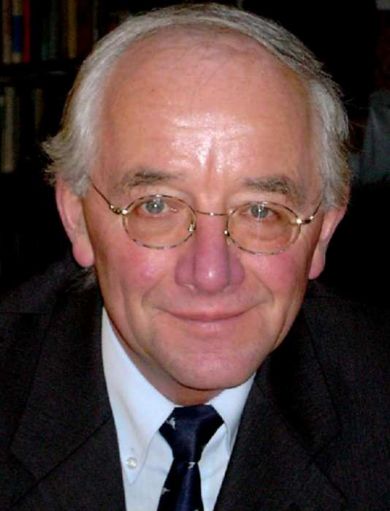
Titel: Das Fundamentale Kluftsystem
Hybrid format / Online über Zoom
Zusammenfassung: Klüfte in Gesteinen sind Dokumente bleibender Beanspruchungen. Sie sind in der Ingenieurgeologie und Felsmechanik von Bedeutung bei der Beurteilung des mechanischen Verhaltens Geologischer Körper, ebenso wie in der Strukturgeologie / Tektonik bei der Erfassung aktueller und Rekonstruktion fossiler Beanspruchungspläne.
Bei der Vielzahl von Klüften, die in der Natur zu beobachten sind, lässt sich eine Konfiguration herausfiltern, die den Grundtyp darstellt und als Fundamentales Kluftsystem
bezeichnet wird. Dieses System besteht aus zwei orthogonal zueinander stehenden Kluftscharen, wobei beide Scharen hinsichtlich Geometrie und mechanischer Eigenschaften
unterschiedlich ausgebildet sind. Es wird auf alternative Hypothesen zur Genese des Fundamentalen Kluftsystems eingegangen. Modellversuche und rezente Beobachtungen werden angeführt, die aufzeigen, dass es sich beim Fundamentalen Kluftsystem um Trennbruchflächen handelt, denen ein bestimmter Beanspruchungsplan zugrunde liegt.
Über Helmut Bock:
Geotechnischer Consultant, Bad Bentheim
Prüfsachverständiger im internationalen Geo-Ingenieurwesen.
- 2001 - 2007 Leiter der Fachsektion Ingenieurgeologie der DGGT und DGGV
- 1989 - 1998 Geschäftsführender Gesellschafter der Interfels GmbH, Bad Bentheim
- 1976 - 1991 Professor of Geomechanics, James Cook University, Townsville, Australien.
- 1976 Habilitation Ruhr-University Bochum
- 1972 Dr.-Ing. Institut für Bodenmechanik und Felsmechanik, Universität (TH) Karlsruhe
- 1965 Dipl.-Geol. Universität München.